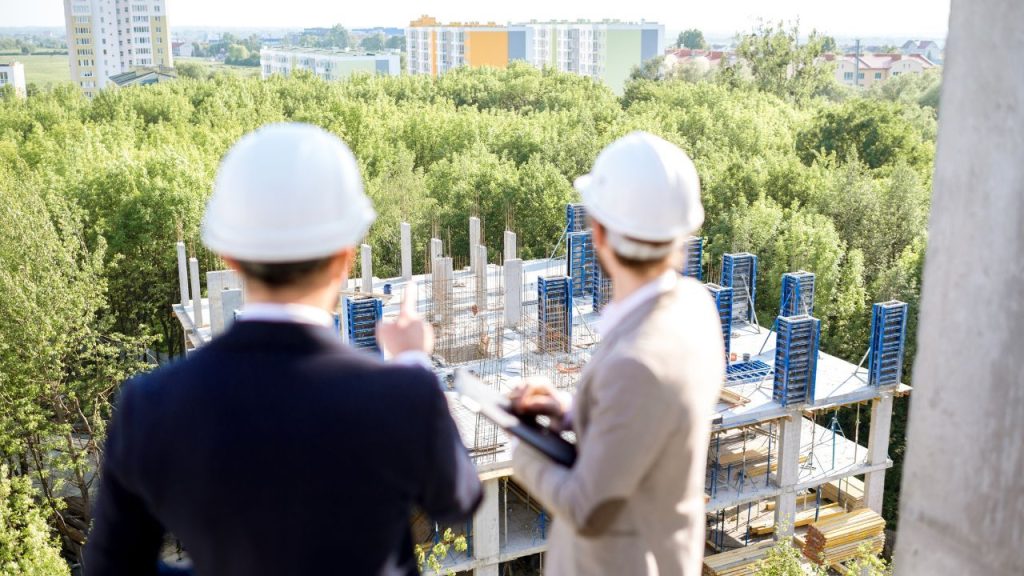- BNG is now a legal and mandatory process (as of 12th February)
As of 12th February 2024, Biodiversity Net Gain (BNG) is now mandatory for many developments, and those seeking planning permission must include a biodiversity plan as a component of their application.¹ The biodiversity plan must outline how the biodiversity value after development will surpass the pre-development biodiversity value by a minimum of 10%.
But what does this mean for developers? Thomson Environmental Consultants, a leading UK environmental consultancy, explains how to achieve BNG.
Does BNG affect all developments?
Not all developments will be subject to BNG as of 12th February. It will become mandatory for ‘small sites’ on 2nd April 2024 and is expected to extend to nationally significant infrastructure projects in late November 2025.
Developments that do not impact an onsite priority habitat (as set out in a list published under section 41 of the Natural Environment and Rural Communities Act 2006) and where the impact of the development on other habitats will be minimal will not be considered. Other sites that will not be affected include:
- Householder applications.
- Planning permissions concerning high-speed railway transport networks.
- Biodiversity gain sites.
- Self-build and custom-build applications.
How to achieve BNG
Developers must include a biodiversity metric tool calculation in their planning application, displaying the site’s pre-development biodiversity value. They must also specify how the BNG requirement will be met, whether on-site or off-site, for the Local Planning Authority to approve.
The following steps are used to calculate biodiversity net gain or loss:
- A field survey is undertaken to collect pre-development habitat data.
- Post-development habitat data is defined using the landscaping plans.
- Pre-development and post-development habitat data are converted into ‘biodiversity units’. Additional biodiversity units may be added to post-development data using off-site compensation or biodiversity credits, where this is the case, the off-site compensation area will require a field survey to collect pre-development habitat data.
- The Biodiversity Net Gain or Loss is calculated using the difference between the pre-development and post-development habitat data. It is often presented as a percentage.
Many metrics have been developed for calculating BNG, including the Defra Biodiversity Metric. However, this has recently been updated and replaced by the Statutory Biodiversity Metric calculation tool (or The Small Sites Metric, where applicable). This includes a spreadsheet-based calculator, which improves the ease of BNG calculations.
What if I can’t deliver BNG on-site?
The delivery of biodiversity gains on-site is encouraged; however, if this is not possible, guidance and provisions are available to developers to purchase off-site biodiversity units through a private off-site market. This will include the costs of monitoring and maintaining the land for a minimum of 30 years. Statutory biodiversity credits will also be available to purchase, which will be invested in habitat creation.
Possible barriers faced by BNG
Regarding costings and project expectations, a government-run statutory credit scheme will be available as a last resort to prevent delays in the planning system. Developers can also pay for improvements on other sites by purchasing “units” via a private, off-site market. However, to buy units, or credits, property developers must demonstrate that they cannot deliver habitat onsite or via the off-site market. With credits costing between £42,000 and £650,000 plus VAT, this will significantly add to overall project costs where off-site enhancements are required.
Paul Franklin, Associate Director of Ecology at Thomson Environmental Consultants, summarises: “It’s important to remember that Biodiversity Net Gain will affect the property development process at all stages and phases.
“We strongly recommend early engagement with a consultant when undertaking due diligence on a prospective purchase, including consideration of the long-term monitoring and management of created habitats. In many cases, this will be a period of 30 years post-development.
“Ensure you speak with consultants who are strong experts in conducting habitat surveys and condition assessments to ensure you have the best chance to achieve the desired biodiversity net gain.”
To find out more about Biodiversity Net Gain (BNG) and Thomson Environmental Consultants services, please visit: https://www.thomsonec.com/services/ecology-services/biodiversity-net-gain-bng/


